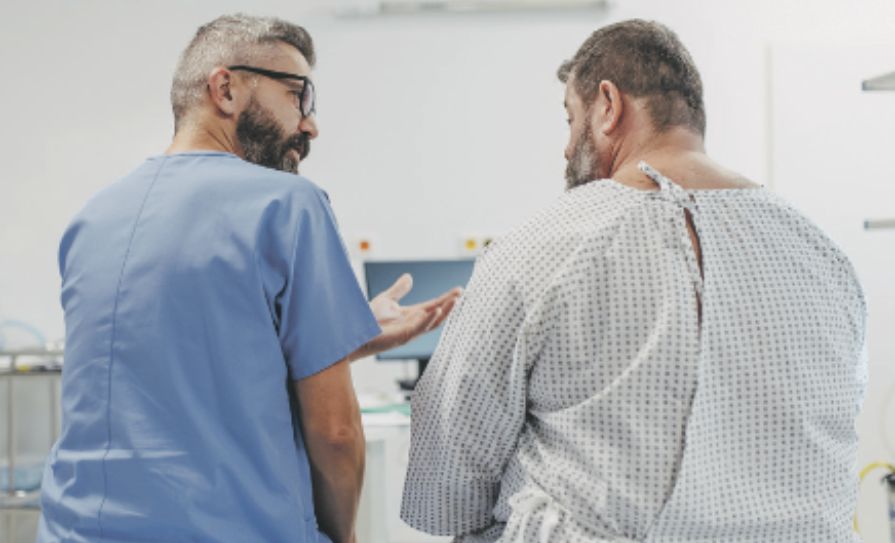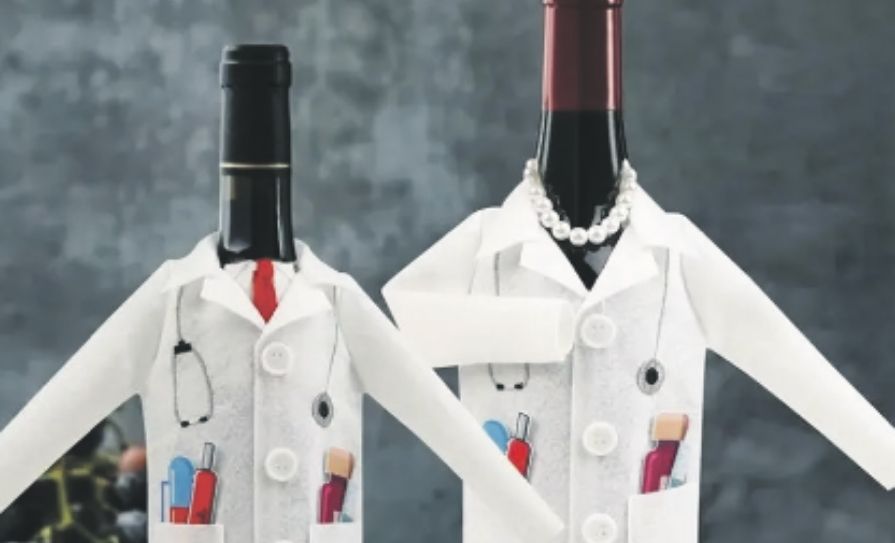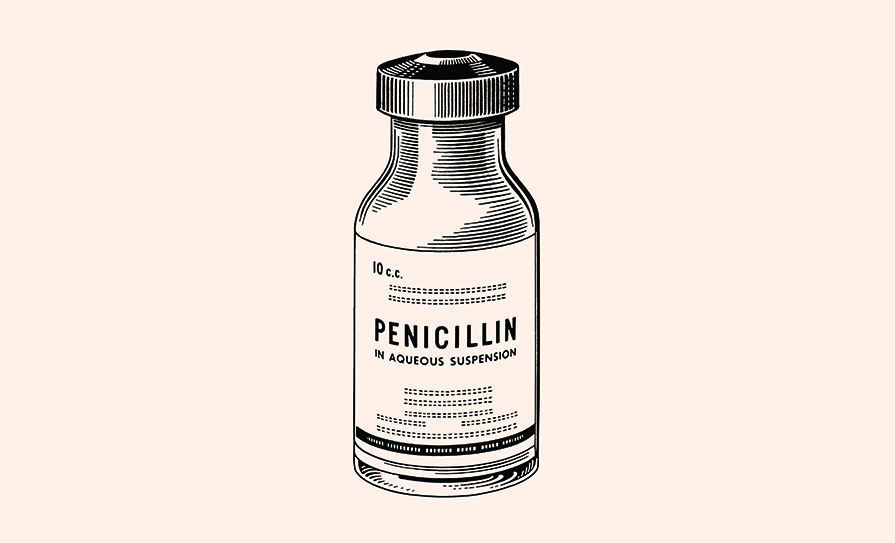<div> <h3><strong>It ain’t what you view, it’s the way that you view it</strong><strong> </strong><strong></strong></h3> </div> <div> <table cellspacing=”0″ cellpadding=”0″> <tbody> <tr> <td align=”left” valign=”top”>
It may seem a little premature to invoke the ‘C word’, but the fact is that it’s only a few short weeks to Christmas. Children’s thoughts have already turned to their gifts, while their parents will be more focused on how they will afford the wish-list. The psychological strain caused by this financial pressure merits many column inches in itself.
</td> </tr> </tbody> </table> </div>
More than ever this year, many of the gifts Santa brings will be electronic in nature — tablets, iPads, gaming consoles, Android devices, iPhones, virtual reality headsets, and more. With this in mind, it’s worth drawing attention to the new guidelines issued recently by the American Academy of Paediatrics (AAP) on the appropriate use of electronic devices for children. The AAP has released the guidelines in the hope that doctors and other healthcare professionals will pass on the advice to parents and carers.
According to the Academy, it’s okay to let the little ones have some screen-time but it’s more important that parents properly monitor how and when it is granted, as well as being mindful of the type of games or apps being used — not all of the ‘educational but fun’ apps on the market have an evidence base or indeed input from an educational specialist.
In short, the AAP recommends that one hour a day is sufficient, especially in children between the ages of three and five years, and parents should find ways to participate in their children’s screen time. The harm caused by too much screen-time is known — it has been implicated in poorer physical health (including a rise in BMI), reduced ability in emotional processing, slower overall development and poorer quality of sleep.
There are situations where allowing children to use digital media is beneficial, such as on airplanes and even during minor medical procedures. However, kids should be steered away from games and apps that are too fast-paced or contain violence. Parents should instead encourage family ‘movie nights’, properly-sourced educational apps, streaming music that they can listen to together or looking up recipes, for example. This may all sound blatantly obvious, but we cannot assume that the same level of awareness exists in households across the board.
But the AAP also warns that in parents themselves, over-use of mobile devices leads to a deterioration in verbal and non-verbal communication with their children and can even result in increased conflict with them.
As the Christmas season gets into full swing, there’s a good opportunity here to educate parents on the importance of brain development in the early years of life and caution them against using digital media as an ‘electronic babysitter’, no matter how busy they might be.
<div> <h3><strong>Turning over a new leaf</strong><strong></strong></h3> </div>
It turns out that there may be more to spinach than meets the eye and in combination with some innovative engineering technology, spinach plants can be used to detect explosives and relay the information to a cheap device.
If successfully rolled-out, this plant-human interaction can save many lives and medical emergencies in war-torn areas by detecting landmines and other explosive devices.
The team at Massachusetts Institute of Technology (MIT) in the US have developed a system called ‘plant nanobiotics’, whereby carbon nanotubes are embedded in the plant’s leaves, which send out a signal that can be read on an infrared camera.
The signal is received by a hand-held device that costs about €40 to manufacture and uses technology similar to that used in a smartphone. When the nanotubes are put into the plant, it can detect nitroaromatics, which are often used in the manufacture of explosives, particularly land-mines.
Basically, the plant becomes extremely sensitive to groundwater and can detect the presence of explosives within about 10 minutes.
But if rolled-out successfully for widespread use, Prof Michael Strano, lead researcher and Professor of Chemical Engineering at MIT, says there could also be useful environmental applications for the technology.
“Plants are very environmentally responsive,” he says in the journal <em>Nature Materials</em>. “They know that there is going to be a drought long before we do. They can detect small changes in the properties of soil and water potential. If we tap into those chemical signalling pathways, there is a wealth of information to access.”
<div> <h3><strong>Bottom line </strong></h3> </div>
My appreciation to the reader who sent me a quick joke to round-off <em>The</em> <em>Dorsal View</em> this issue. If you would like to send any contributions, which are always welcome, please note the new email address below.
Following a patient’s physical exam and lab report, the doctor delivered some bad news. “Your white blood cells are elevated,” he said. “What does that mean?” the patient asked. The doctor explained: “Up.”












Leave a Reply
You must be logged in to post a comment.